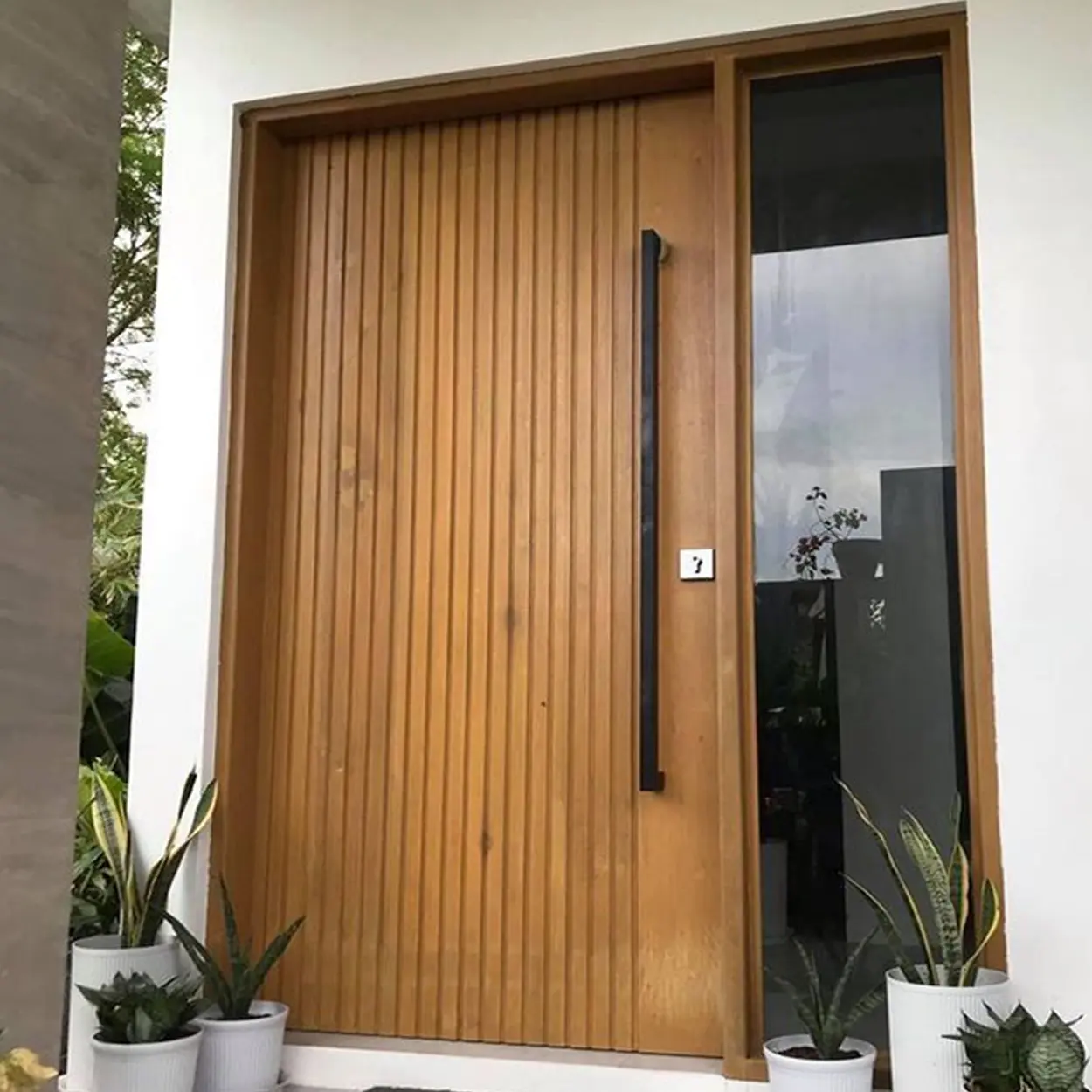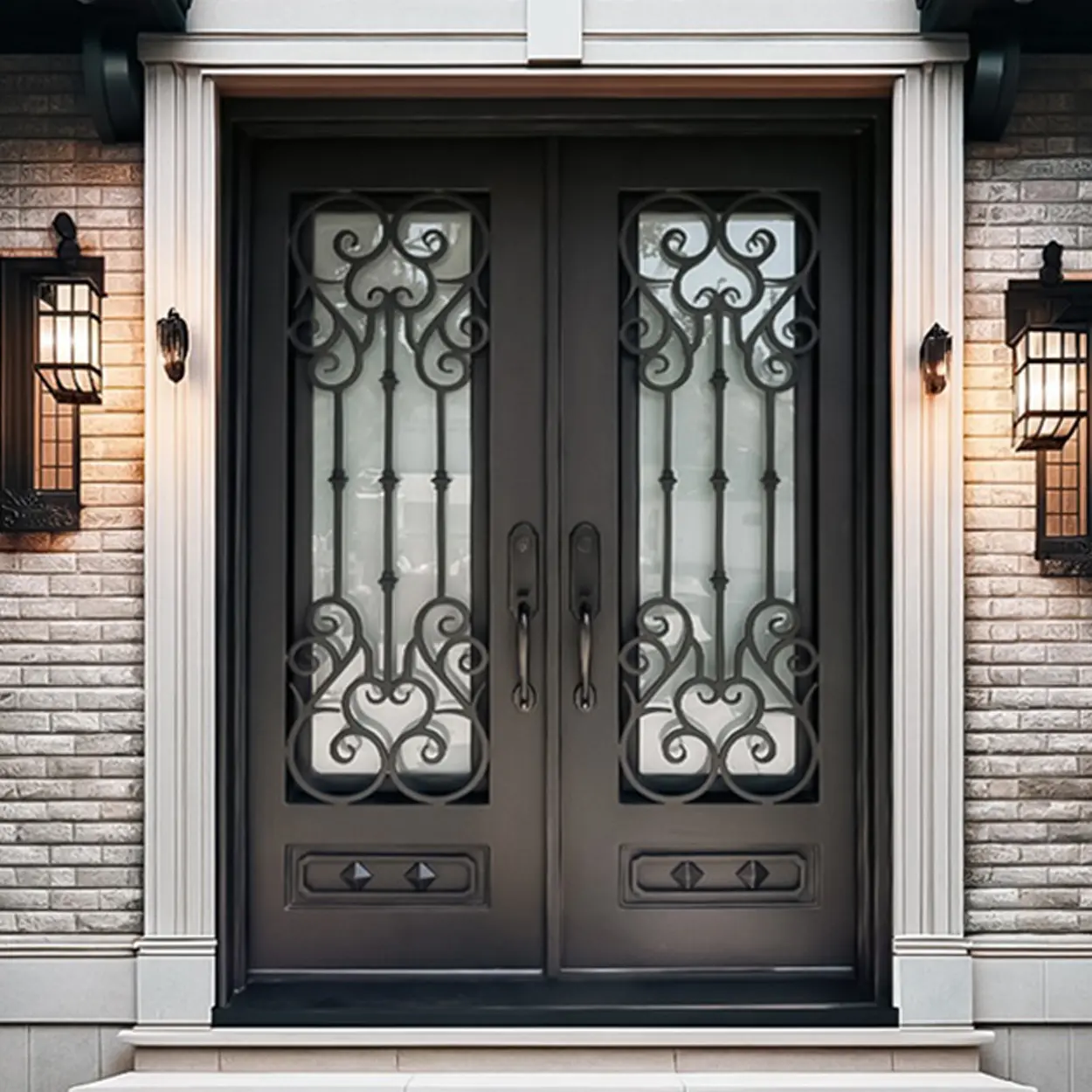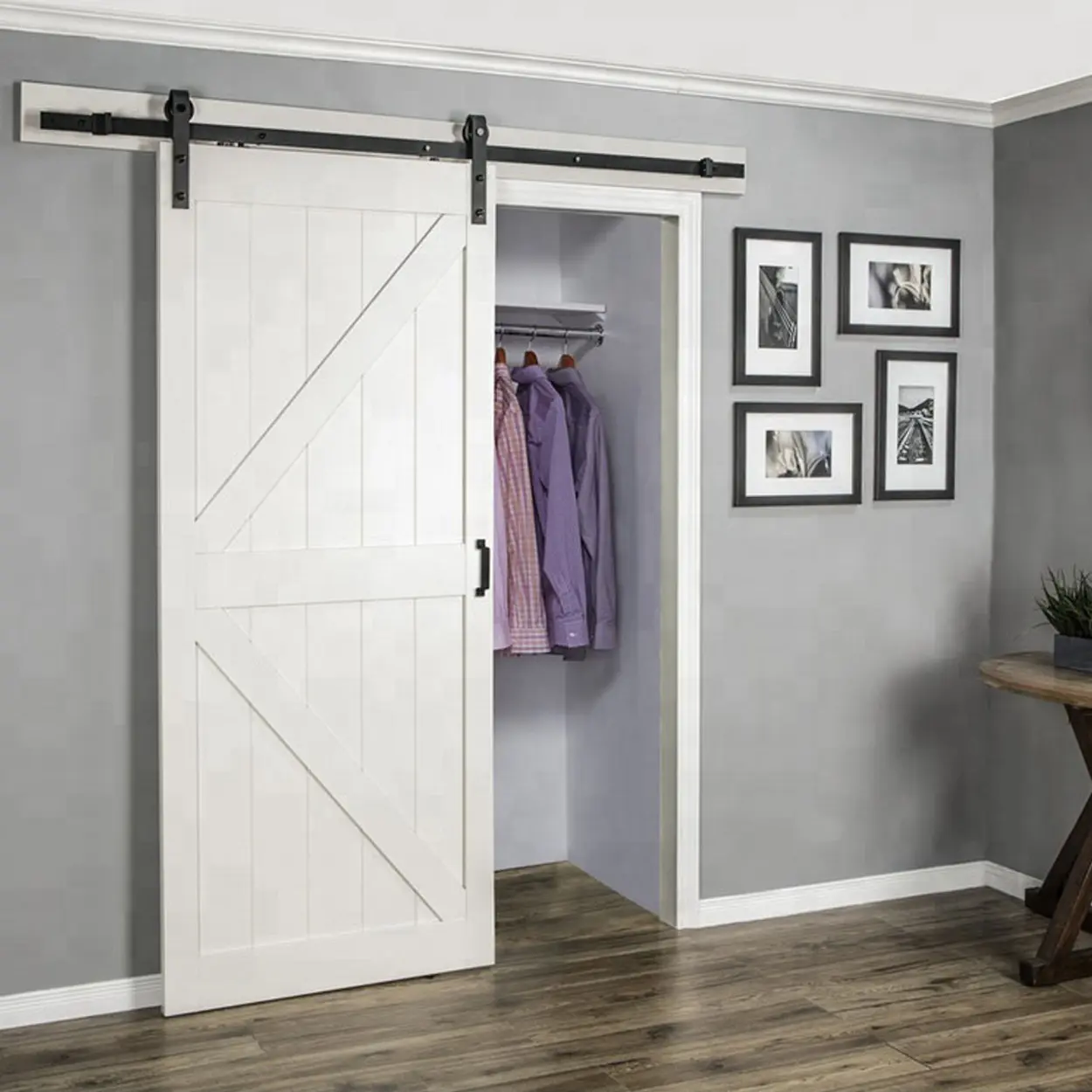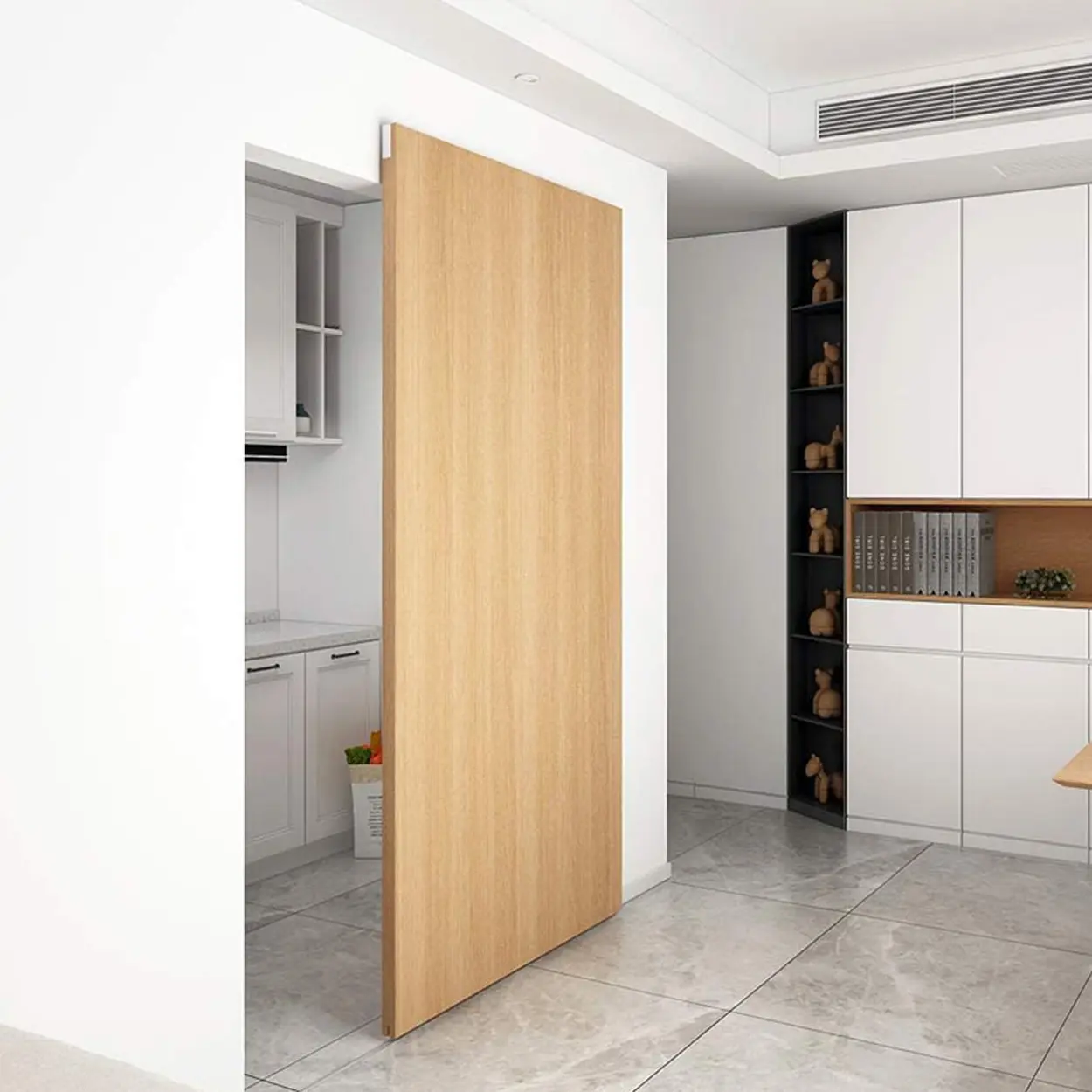
Lorem ipsum dolor sit amet, consectetur adipiscing elit, sed do eiusmod Lorem ipsum dolor sit amet consectetur adipiscing elit, sed do eiusmod lorem ipsum
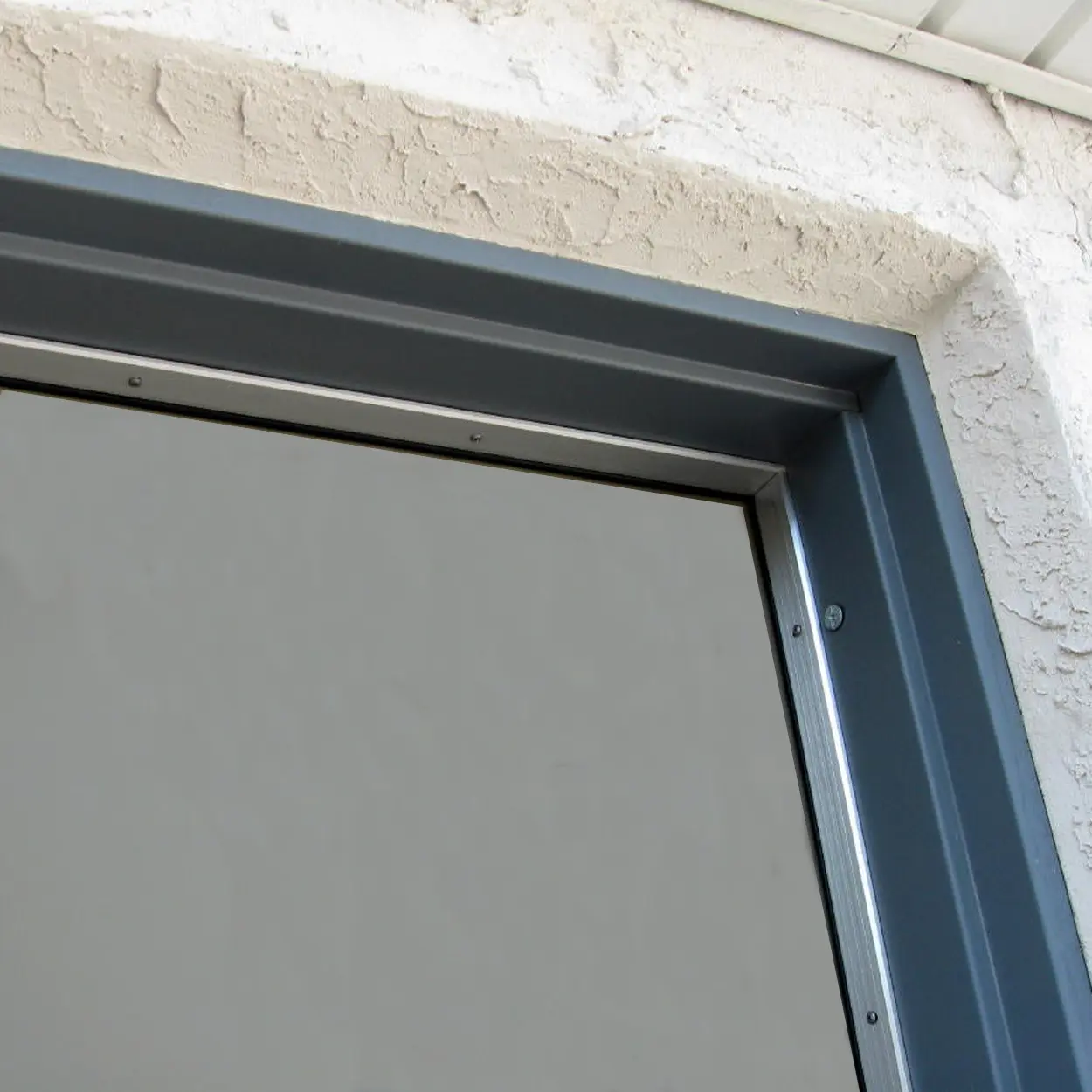
15 Tips of Aluminum Door Frame Anchored to Masonry Wall Installation
Installing aluminum door frames securely into masonry walls is a critical part of construction that ensures long-lasting durability and aesthetic appeal.
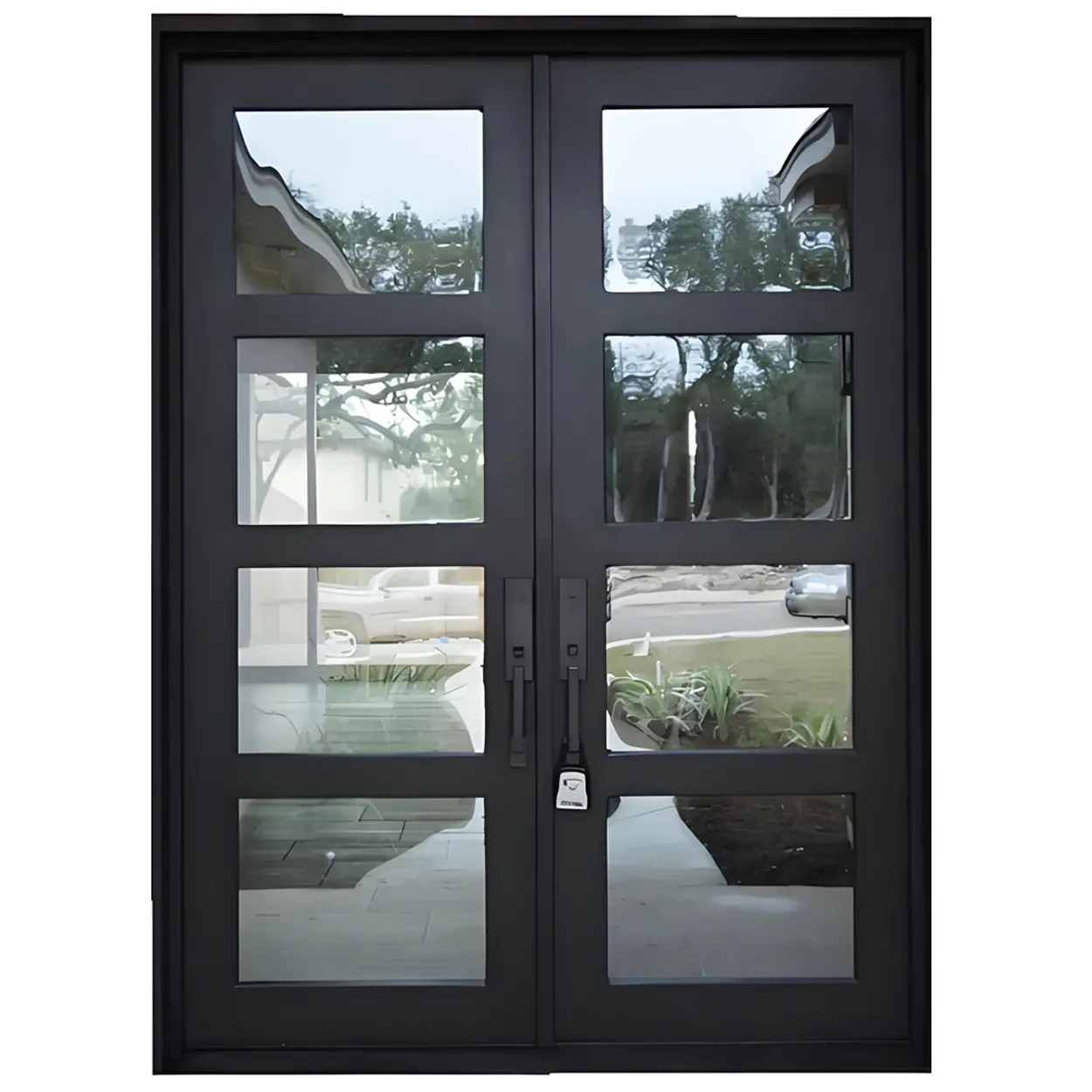
Why Choose Aluminium Door Panels 28mm?
Aluminium doors are an excellent choice for both residential and commercial properties, offering durability, strength, and energy efficiency.

15 Benefits of Insulated Panels for Aluminum Doors
Insulated panels for aluminum doors are a game-changer for both residential and commercial properties.

